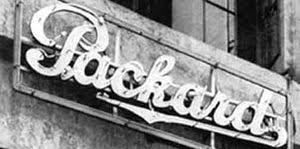News
Marketer Magazine: On The Record: Conducting Strong Interviews with the Media
All Gassed Up and Ready to Glow: The Laudable Georges Claude
It’s a shame, really. You had the incredible minds of Ramsay and Travers and their groundbreaking discovery of neon. But at the end of the day, they just didn’t know what to do with it. Fortunately, they lived long enough to see what “The Edison of France” had in store for it.

Georges Claude’s contributions were, to coin a Spicolism, tubular. Impressed with this new gas and borrowing liberally from two earlier inventions (the electrically charged Geissler tube and nitrogen-based Moore tube) this engineer and inventor captured the purified gas inside a sealed tube with glowing, electrifying and long-lasting results. Once Claude began experimenting with shaping and tinting the tubes, he quickly realized the practical — and financial — potential for these candescent colors. So, he put his hunch to the test by displaying his work at the Paris Art Show in 1910. The harsh red-orange glow was a bit off-putting for everyday home lighting — but not for advertising. And in 1912, he sold his very first customized neon sign to Palais Coiffeur, a local barber shop. From there, patents in hand, he founded the magazine The Electric Spark and formed the successful multi-national corporation Air Liquide. After that, Claude decided America needed neon. And while it can’t be 100% substantiated, the story goes that in 1923, a California car dealership paid $24,000 (roughly $365,000 in 2020 dollars) for a glowing exterior lot sign that read simply: Packard.
